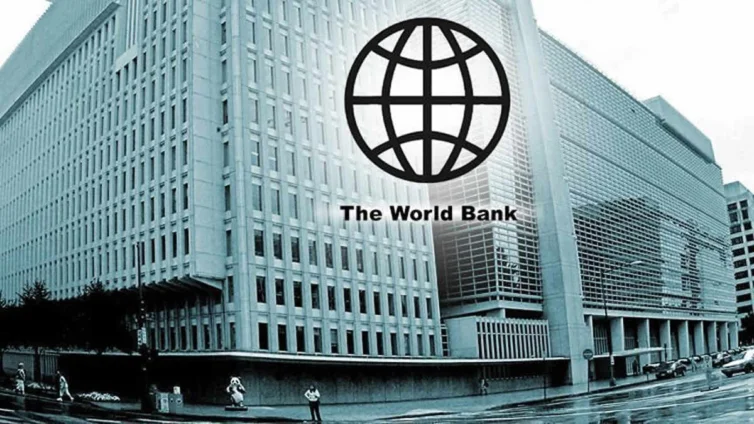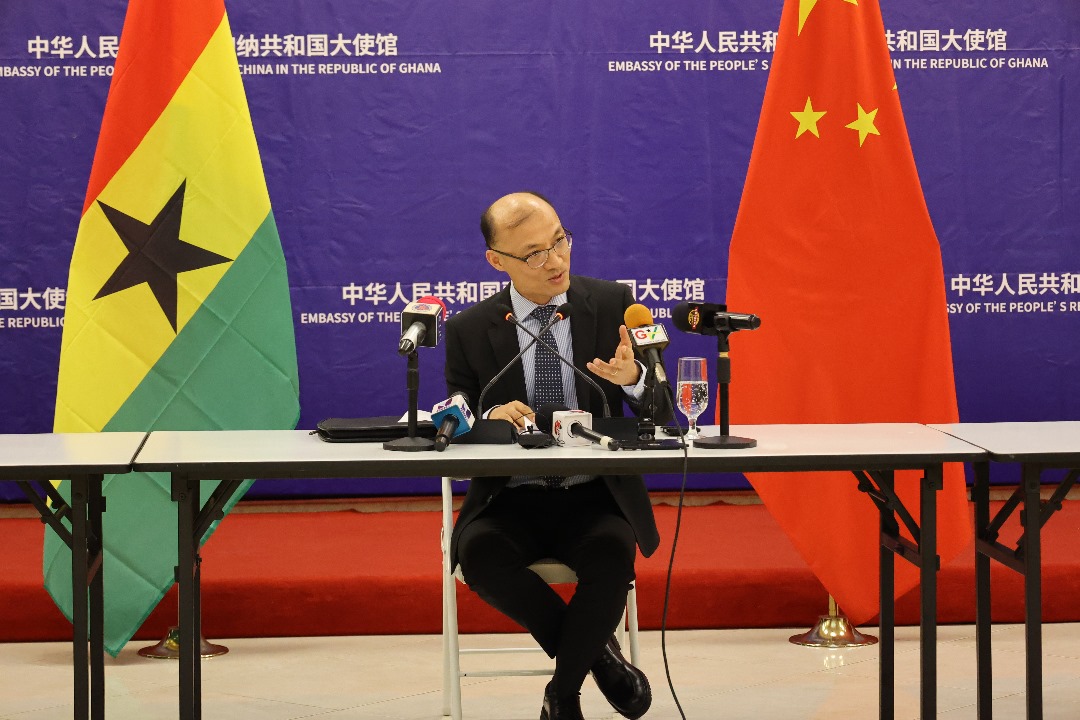By Francis Kobena Tandoh
Sub-Saharan Africa’s (SSA) economy is projected to reach 3.8 percent in 2025, up from 3.5 percent last year; this is according to the World Bank in its latest Africa’s Pulse report released here on Tuesday.
According to the Bank, the SSA economy remains resilient, and notes that the acceleration reflects easing inflationary pressures and a modest recovery of investment despite persistent global uncertainty.
In its October 2025 edition of the Africa’s Pulse report titled “Pathways to Job Creation in Africa,” the Bank observed that the number of countries experiencing double-digit inflation has fallen sharply compared to the same period three years ago.
Notwithstanding the gains, the Bank highlights some risks likely to affect the economies of Sub-Saharan Africa.
“The number of countries experiencing double-digit inflation has fallen sharply from 23 in October 2022 to 10 in July this year, an indication of progress in stabilizing prices. Yet, downside risks loom large, including the indirect effects of global trade policy uncertainty, declining investor appetite, and a shrinking pool of external finance, including declining official development assistance,” said the Bank.
It emphasized that external debt service has more than doubled over the past decade, reaching 2 percent of Gross Domestic Product (GDP) in 2024.
The Bank further noted that the number of Sub-Saharan African countries in or at high risk of debt has nearly tripled, rising from eight in 2014 to twenty-three in 2025.
The pace of growth, according to the Bank, remains insufficient to meaningfully reduce extreme poverty or create the quantity and quality of jobs needed to meet the demands of a rapidly growing labor force.
Africa is experiencing the world’s largest and fastest demographic shift. To harness this opportunity, countries must accelerate growth that delivers high-quality jobs—a central theme of the 32nd edition of Africa’s Pulse, the World Bank’s biannual economic update for the region, which this year focuses on Pathways to Job Creation in Africa.
“Over the next quarter century, Sub-Saharan Africa’s working-age population will grow by more than 600 million,” said Andrew Dabalen, World Bank Chief Economist for the Africa Region. “The challenge will be matching this growing population with better jobs, given that only 24 percent of new workers today land wage-paying jobs. A structural shift toward more medium and large firms is essential to generate wage jobs at scale.”
The report outlines a set of policy priorities to help countries stimulate large-scale job creation.
Reducing the cost of doing business is critical to enable businesses to expand and new high-growth firms to enter the market. Policies that target the provision of better infrastructure—energy, digital, transport—and human capital and skills development are essential for creating an ecosystem for people and businesses to thrive. Strengthening institutions and governance can ensure stability, curb corruption, and create a predictable business environment that attracts private sector investment.
Stimulating private sector development in sectors such as agribusiness, mining, tourism, healthcare, and housing and construction will also be key. For example, for every job created in tourism, an additional 1.5 jobs are generated in related sectors. With the right reforms and investments, Sub-Saharan Africa can unlock its vast employment potential and chart a path toward inclusive and sustainable growth. End item
Source: Ghana Eye Report/World Bank
Share Us



